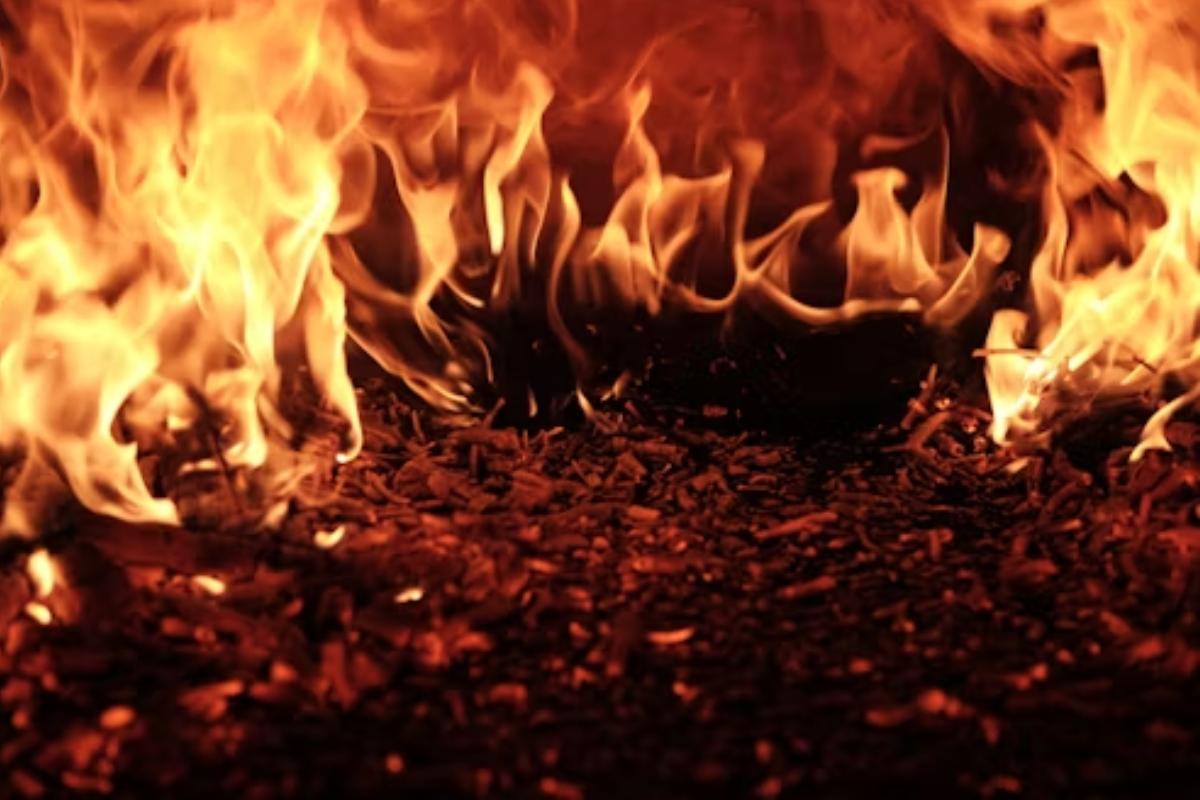Linemen, firemen, electrical and power industry employees, and utility workers all wear FR uniforms as a mandatory safety measure. High voltage systems, chemical hazards, arc flashes, and fire are always possible in these sectors, making Flame-Resistant clothing a necessity. Over time, FR garments become dirty and soiled with continuous use, and are prone to occupational wear and tear. Employees and workers should understand they cannot wash and maintain FR garments like everyday apparel. The practice of flame-resistant clothing maintenance and washing is different to retain its durability and functioning for prolonged periods. In this article, we’ll show you how to properly care for FR clothing so you can use them for years to come!
Understanding FR Clothing
Before going into the details of washing and maintaining FR garments, one should know the basics. Flame-resistant garments can resist or withstand ignition and stop the spread of flames in work environments with heat and flame explosions. Their self-extinguishing feature makes FR garments ideal for power and electrical industries as they reduce the chances of burn injuries and death among workers.
Flame-resistant clothing should cater to the requirements laid out in the NFPA (National Fire Protection Association) Standard and OSHA regulations. The garments feature specific fabrics resistant to flames, heat, and extreme temperatures.
The types of fabric used in Flame-Resistant clothing:
Natural FR Fiber
The fabrics are inherently flame-resistant, which means they don’t need extra chemicals to be flame-resistant.
Treated Fabric
Some fabrics, like cotton, are chemically treated to make them flame-resistant. Cotton is not naturally an FR fabric, but it can be chemically treated for the same.
Treated Fiber
Synthetic fibers are chemically treated to make them flame-resistant. The best part is that treated fibers can render protection life-long if workers abide by flame-resistant clothing maintenance steps.
Blended Fabric
Some Flame-Resistant clothing is a blend of treated and natural FR fibers. The blends have acquired popularity in the modern marketplace.
How to Wash FR Garments?
Employees can wash their FR garments in regular home-based or industrial washing homes and have them dry-cleaned. In addition, it is possible to eliminate dirt, oil, grease, and stains from such garments.
Tips to follow while washing flame-resistant garments:
A Big No to Bleaching
Using bleach gradually breaks down the molecular bond between the FR treatments and the fabric, reducing the power and functioning of flame resistance properties.
No Fabric Softeners
Fabric softeners reduce the power of flame resistance by masking them, and their traces can be explosive in fire and heat-sensitive work environments.
Refrain from using Starch or Detergents with Animal Fats
Animal fats are flammable, while starch triggers heat and fire. Both are dangerous for FR clothing. When FR garments are dry-cleaned, employees should ensure that no starch or animal fat is used.
Eliminating Stains from FR Garments
Getting stains and soil on Flame-Resistant garments are a common sight, given the physically exhausting activities workers execute. Depending on the nature of the stains, they can obstruct the proper functioning of the FR garments. Sometimes, stains and soil on the outer garment act as fuel, triggering fire and explosions in power and electrical industries. When work garments are contaminated with flammable stains and soils, immediate washing is paramount. In cases where the stains or soil remain on the fabric, it is better to replace the garment.
Industrial and home laundering eliminates most flammable and non-flammable stains and soils. Sometimes, home detergents cannot remove stains found at job sites. Oily soils and heavy greases are challenging to eliminate via home laundering and demand industrial washing and cleaning. Professional flame-resistant clothing maintenance is critical to retain its optimal functioning. Most flammable materials contain volatile substances that disperse in air, similar to gasoline. With home laundering, it is sometimes challenging to determine whether the remaining stains are discoloration of the fabric or unremoved contaminants. Experts believe washing, drying, and maintaining FR garments via industrial laundering is ideal. Industrial cleaning and washing incorporate specialized chemicals and tools that completely remove stains and soils.
Conclusion
Dry cleaning is a vital part of flame-resistant clothing maintenance as it eliminates heavy grease and oil. From the above analysis, it is clear that routine maintenance of Flame-Resistant clothing is critical. Industrial-grade washing and dry cleaning help FR garments retain their properties without compromising quality. A maintained Flame-Resistant garment protects the wearer from potential electrical and fire hazards.






